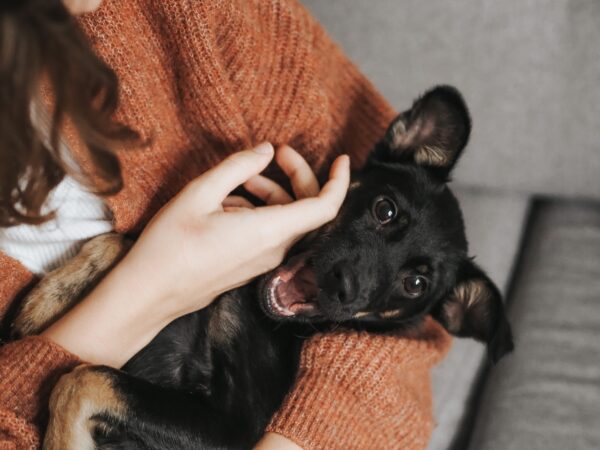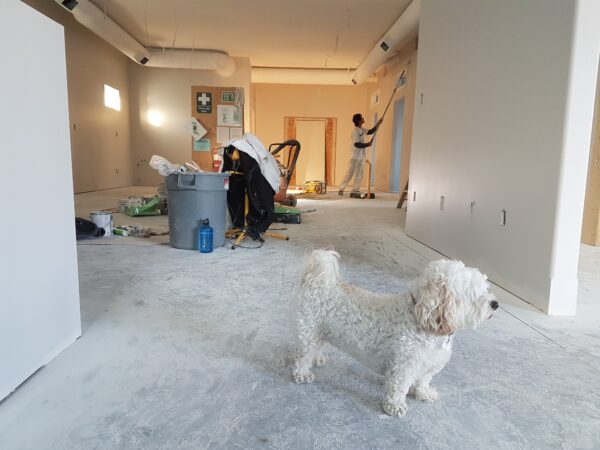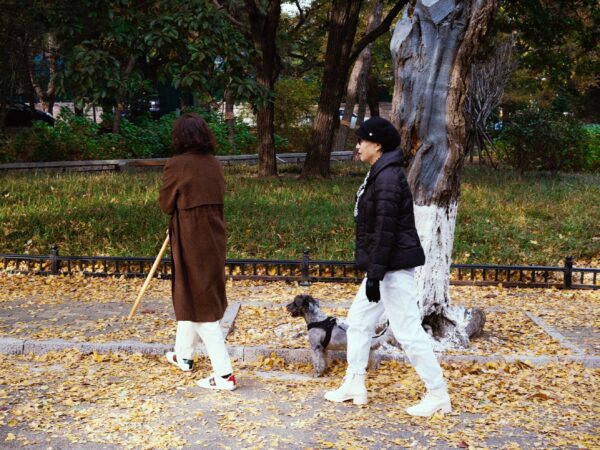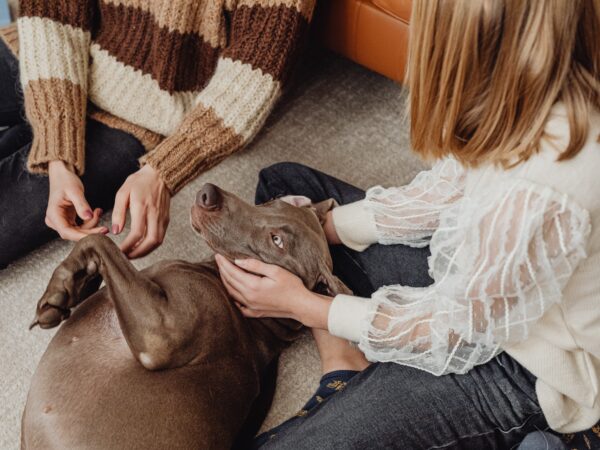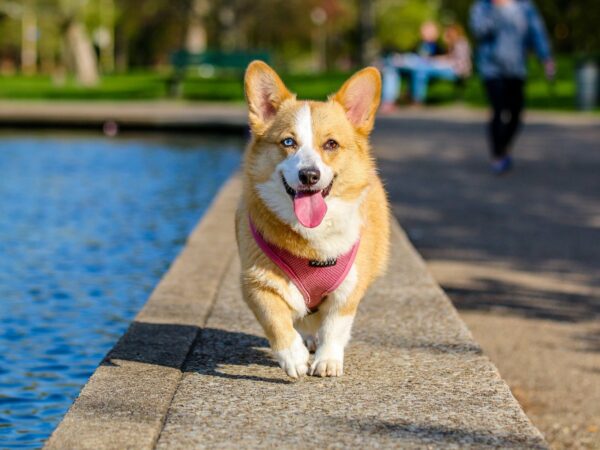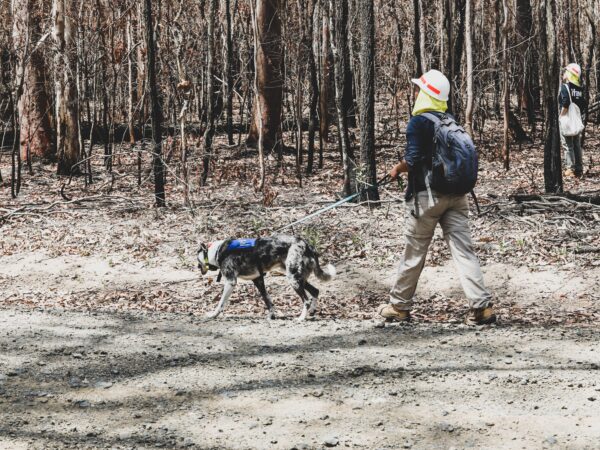Pets are part of the family, and just like children, pets require good training. A happy and well-behaved pet is a pleasure to have in the home, and what’s more, pets that are trained well are also safer and more relaxed. Training your pet can be a lot of fun, and it’s also an excellent way to bond with your furry friend. But what are the best tips and tricks for training your pet to be happy and well-behaved?
In this article, we’re going to look at some of the most effective training tips that will enable you to have a happy and well-behaved pet. We’ll cover a range of topics, from the basics of obedience training to more advanced methods such as agility training. So whether you’re a new pet owner or you’ve been a pet parent for years, read on to discover how you can help your furry friend develop into the best pet possible.
Tip #1: Start with Basic Obedience Training
Before you start exploring more advanced training techniques, it’s essential to begin with a solid foundation of basic obedience training. This means teaching your pet to sit, stay, come, and lie down on command. This is a critical aspect of training, and it’ll make your life much easier in the long run. Here are some tips on how to get started with basic obedience training:
– Be consistent. Consistency is critical in training your pet. Always use the same commands and reward your pet consistently for good behavior.
– Use positive reinforcement. Instead of punishing bad behavior, try to reward good behavior. This method is much more effective and will help your pet learn faster.
– Start with one command at a time. Don’t try to teach your pet too many commands at once. Focus on one command and make sure your pet has mastered it before moving on to the next one.
– Keep training sessions short. Your pet’s attention span is not very long, so keep your training sessions short and sweet. Five to ten minutes is usually enough, especially for younger pets.
Tip #2: Socialize Your Pet Early
Socialization is incredibly important for pets. Puppies, in particular, need to be socialized early so they can grow up to be happy, well-adjusted dogs. Socialization involves exposing your pet to different environments, people, other pets, and animals. Here are some tips on how to socialize your pet:
– Introduce your pet to new people, pets, and animals slowly and gradually.
– Pay attention to your pet’s body language. If your pet seems fearful or nervous, don’t force them to interact with the new stimuli.
– Use positive reinforcement to reward good behavior during socialization. This will encourage your pet to be social and make new friends.
Tip #3: Use Positive Reinforcement
Positive reinforcement is a fantastic training technique for pets. This involves rewarding your pet for good behavior and ignoring bad behavior. Here are some tips on how to use positive reinforcement:
– Reward your pet immediately after good behavior. Delayed rewards can be confusing for your pet.
– Use treats or praise to reward good behavior. Positive reinforcement doesn’t have to involve food, but it can be a useful tool.
– Avoid punishing bad behavior. Instead, try to redirect your pet’s attention to something positive.
Tip #4: Use Clicker Training
Clicker training is a type of positive reinforcement training that uses a clicker to signal to your pet that they’ve done something correctly. Clicker training can be a great way to reinforce good behavior and teach your pet new commands. Here are some tips on how to use clicker training:
– Use a clicker that makes a distinct noise. This will help your pet learn to associate the sound with positive reinforcement.
– Teach your pet that the clicker means a reward is on the way. Click the clicker and then give your pet a treat immediately after.
– Use the clicker to reinforce good behavior, such as sitting on command.
Tip #5: Consider Crate Training
Crate training is a popular training technique that involves using a crate or kennel as a safe, familiar space for your pet. Crate training is especially useful for housebreaking puppies and it can be an effective tool for managing separation anxiety. Here are some tips on how to crate train your pet:
– Choose a crate that’s the right size for your pet. The crate should be large enough for your pet to stand up, turn around, and lie down comfortably.
– Make the crate comfortable and inviting for your pet. Consider using a dog bed, blanket, or toys to make the crate feel like a safe, comfortable space.
– Start by introducing your pet to the crate slowly and gradually. Begin with short periods of time and gradually increase the length of time your pet spends in the crate.
Tip #6: Take an Obedience Training Class
If you’re struggling to train your pet on your own, consider taking an obedience training class. These classes are an excellent way to learn from professional trainers and get expert advice on how to train your pet effectively. Here are some tips on how to choose an obedience training class:
– Look for a class that uses positive reinforcement techniques. A good obedience training class should focus on positive reinforcement rather than punishment.
– Find a class that fits your schedule. Consider how often the class meets, the cost, and the location.
– Look for a class that focuses on the type of training you’re interested in. For example, if you’re interested in agility training, look for a class that covers this topic.
Tip #7: Stay Consistent
Consistency is key in training your pet. Once you’ve established a routine and training plan, it’s vital to stick to it. Being inconsistent can confuse your pet and make training much harder. Here are some tips on how to stay consistent in training your pet:
– Use the same commands and techniques every time you train your pet.
– Avoid changing the rules or expectations for your pet.
– Remember that training is an ongoing process, and consistency is vital to your pet’s success.
Conclusion
In conclusion, there are many tips and tricks for training your pet to be happy and well-behaved. Starting with a firm foundation of basic obedience training, using positive reinforcement techniques, and socializing your pet are all essential elements of training.
If you’re struggling to train your pet on your own, consider taking an obedience training class or working with a professional trainer. Finally, remember that consistency is key in training your pet, and that training is an ongoing process. With patience, persistence, and the right techniques and tips, you can train your pet to be the best furry friend possible.



